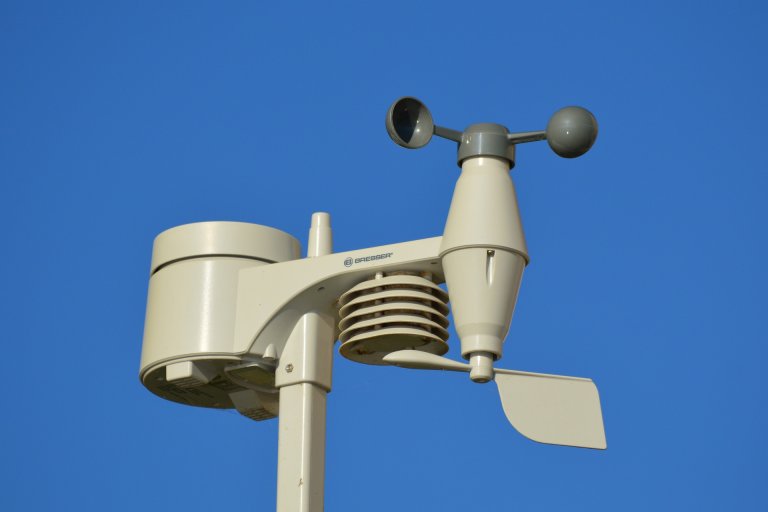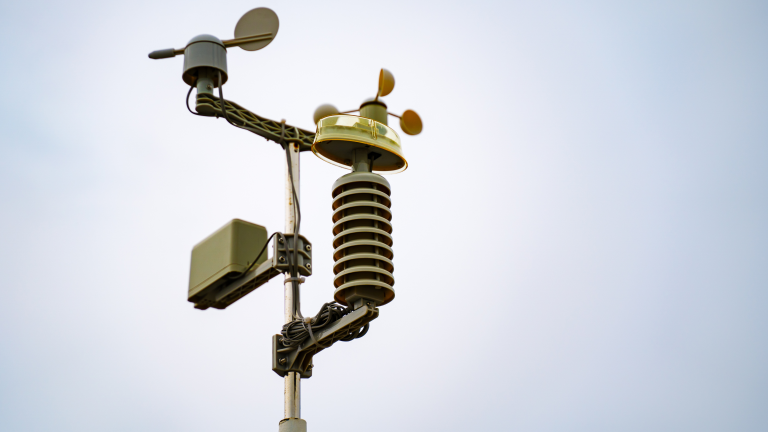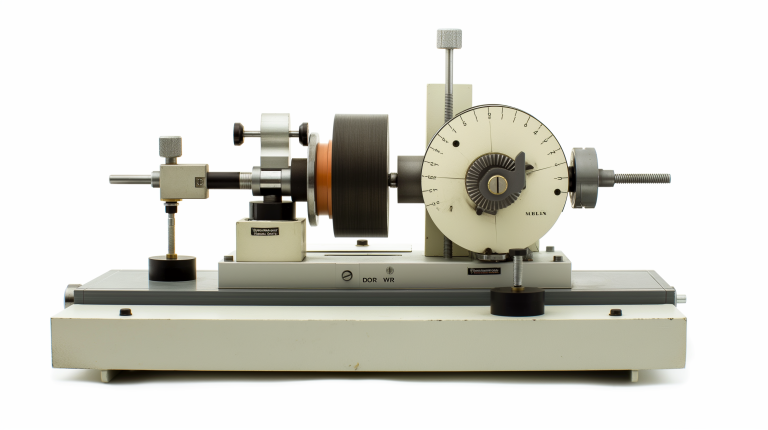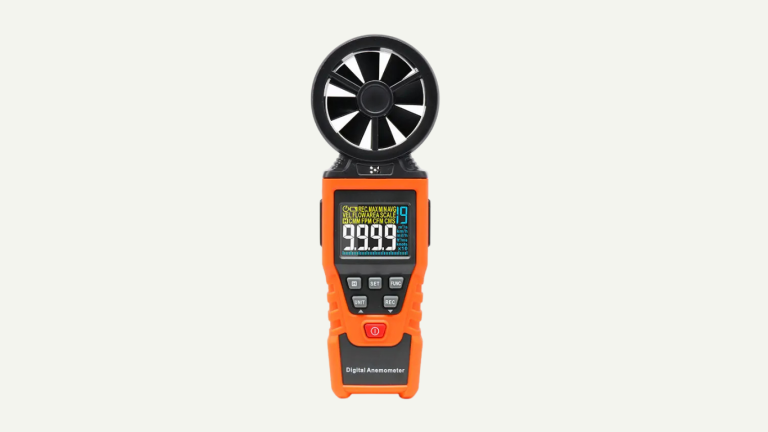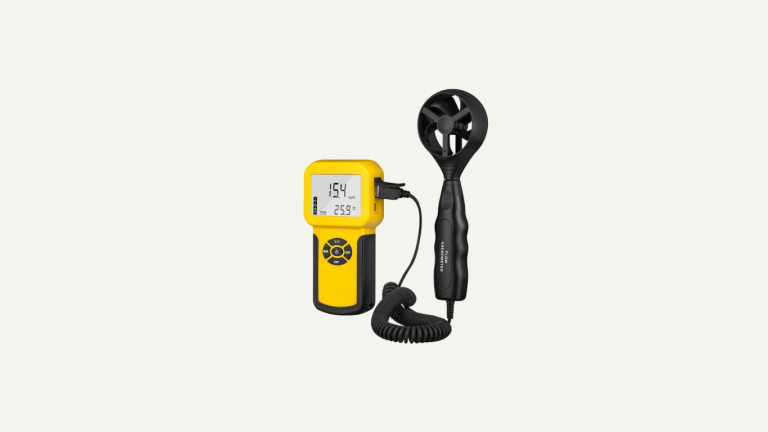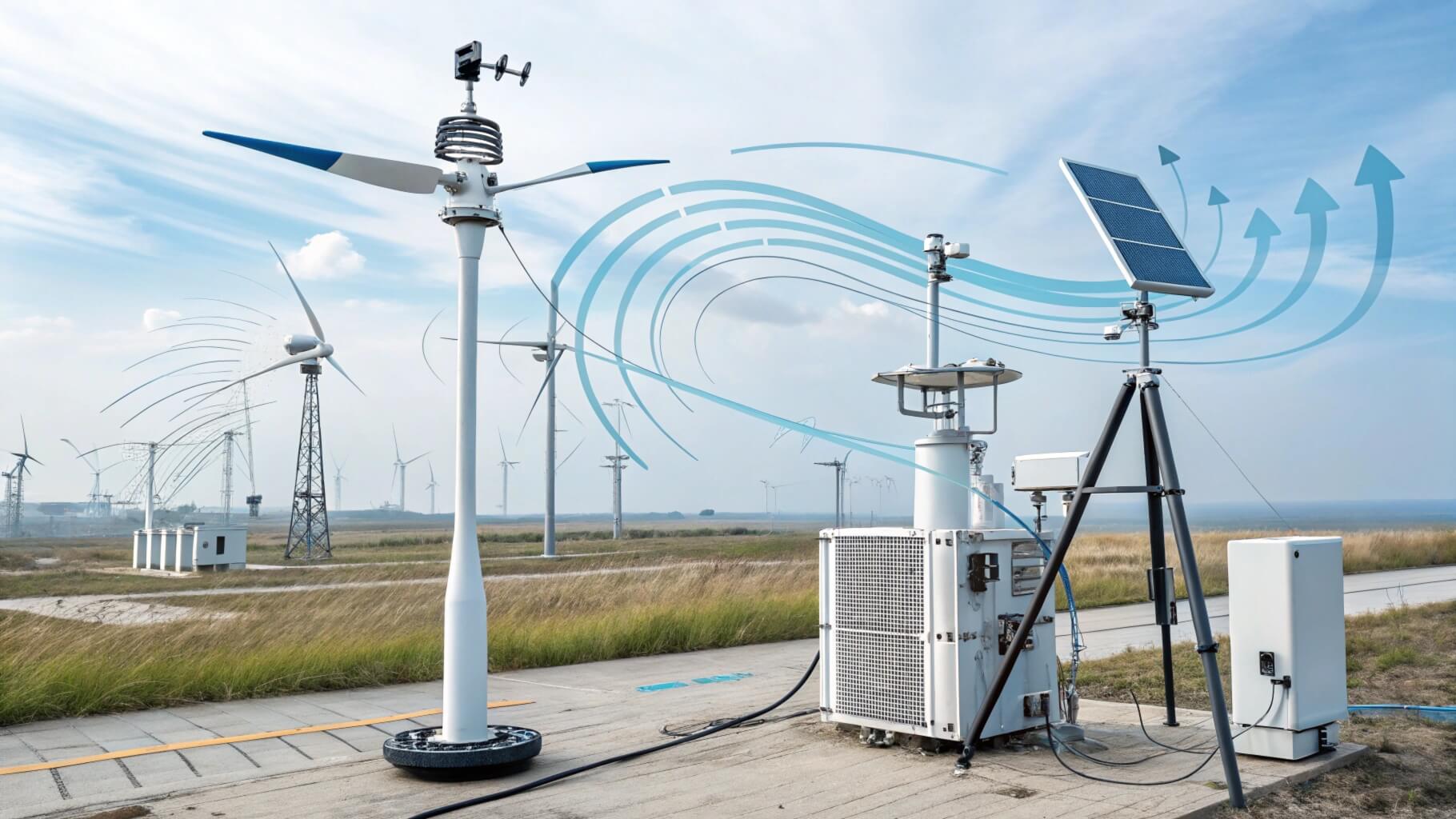
Have you ever stood outside on a blustery day and felt the wind whipping through your hair? Or watched in awe as a kite soared above, dancing in the gusts? The wind is a powerful force of nature, and understanding its velocity is crucial for many things, from predicting the weather to harnessing its energy.
But what exactly do we mean by “wind velocity,” and how do we even measure it? Well, that’s what we’re here to explore!
Think of it this way: velocity is like speed with a sense of direction. It tells us how fast the wind is moving and where it’s heading. Thus, wind velocity has two key ingredients: speed and direction.
Knowing both of these is super important for all sorts of reasons. Imagine a pilot trying to land a plane without knowing the wind speed and direction—it wouldn’t be a smooth landing! Or think about setting up a wind turbine to generate electricity. You need to know where the wind is coming from and how strong it is to position the turbine.
So, get ready to unravel the mystery of wind velocity! We’ll explore the different ways we measure it, the excellent tools we use, and the fascinating factors that influence how the wind blows.
Understanding Wind Velocity
Wind velocity is a bit more complex than how hard the wind blows. It’s a vector quantity, meaning it has both a magnitude (speed) and a direction. So, it’s not enough to know how fast the wind is going; you also need to know where it’s headed!
Think of it like taking a road trip. Speed tells you how quickly you’re covering miles, but velocity tells you how quickly you travel in a specific direction.
Let’s break down the key terms related to wind speed:
- Wind speed measures how fast the air is moving at any given moment. It’s like glancing at your speedometer and seeing how many miles per hour you’re going at that exact second.
- Wind gusts are those sudden bursts of speed that can take you by surprise, like when you hit the gas pedal a bit too hard. They are short bursts of increased wind speed much higher than average, typically lasting around 20-30 seconds.
- The average wind speed is measured over a longer period, usually 10 minutes. It gives a more balanced picture of the wind conditions, just like tracking your average speed over the entire road trip.
Now, why is it so important to know both the speed and direction of the wind? Well, for starters, it helps meteorologists predict the weather more accurately. Imagine forecasting a storm without knowing how the wind blows – it would be pretty tricky! Also, wind direction is essential for things like aviation. Pilots need to know the wind conditions to make safe takeoffs and landings. Even sailors rely on wind direction to chart their course and optimize their routes.
How do we figure out wind direction? We look at where the wind is coming from, not where it’s going. For example, a “westerly wind” blows west to east. It’s all about the wind’s origin point.
Anemometers: The Workhorses of Wind Speed Measurement
When it comes to accurately measuring wind speed, anemometers are the real workhorses of the weather world! These ingenious devices have been around for centuries and come in various forms, each with a unique way of capturing the wind’s power.
Let’s take a look at the different types of anemometers and see how they work their magic:
Cup Anemometers:
Cup anemometers are the most common type you’ll come across. Picture those iconic spinning cups mounted on a vertical pole—that’s a cup anemometer in action! As the wind pushes into the cups, they rotate the central spindle. The faster the wind blows, the quicker those cups whirl around.
The anemometer then converts the number of rotations per minute into a wind speed reading. This simple yet effective mechanism has stood the test of time.
Pros:
- Affordable and widely available.
- Reliable and easy to use.
- Suitable for a wide range of wind speeds.
Cons:
- It can be affected by turbulence and gusts, leading to slightly inaccurate readings.
- Moving parts requires occasional maintenance.
Vane Anemometers:
Vane anemometers look like tiny propellers. The wind catches the blades and spins the propeller, and the rotation speed is proportional to the wind speed.
What’s really cool about vane anemometers is that they’re often combined with a wind vane, that arrow-like device that points in the direction the wind is coming from. This combo allows you to simultaneously measure wind speed and direction, making them popular for weather stations and personal use.
Pros:
- Compact and portable.
- Can measure wind speed and direction together.
- Suitable for low wind speeds.
Cons:
- Less accurate at high wind speeds.
- The propeller can be fragile and easily damaged.
Sonic Anemometers:
Sonic anemometers are the high-tech stars of wind measurement. Instead of moving parts, they use high-frequency sound waves to measure wind speed and direction.
These sound waves travel between transducers, and by analyzing how the wind affects their speed and direction, the sonic anemometer can calculate wind velocity with incredible accuracy.
Pros:
- Highly accurate and reliable.
- No moving parts, reducing maintenance needs.
- Can measure wind speed and direction simultaneously.
Cons:
- More expensive than other types.
- It can be affected by precipitation and temperature changes.
Other Anemometer Types
There are a few other types of anemometers out there, though they’re not as commonly used:
- Pressure tube anemometers measure wind speed based on the pressure difference created by the wind flowing into a tube.
- Thermal anemometers, also known as hot-wire anemometers, measure wind speed by how much the wind cools a heated wire.
- Doppler laser anemometers use laser beams to measure the movement of air particles, providing precise wind speed and direction data.
Choosing the Right Anemometer
Which anemometer is right for you? Well, it all depends on your needs and budget!
- A cup or vane anemometer is usually sufficient for personal use, such as checking wind conditions for sailing or kite flying. They are affordable, easy to use, and provide reasonably accurate readings.
- For professional applications like weather stations or scientific research, sonic anemometers are the gold standard. Their high accuracy and reliability make them ideal for demanding situations.
- A sonic anemometer is the best tool for measuring wind speed in extreme conditions, such as mountains or harsh environments. Its lack of moving parts makes it more durable and less damage-resistant.
No matter which type you choose, anemometers are essential tools for understanding and measuring the power of the wind!
Wind Vanes: Deciphering Wind Direction
Wind vans are time-tested tools for determining which way the wind is blowing. They’ve been used for centuries, from simple designs adorning rooftops to sophisticated instruments used in weather stations.
Here’s the basic principle: a wind vane has a fin or tail that acts like a sail, catching the wind’s force. As the wind pushes against the fin, it rotates the vane, aligning it with the wind’s direction. A pointer attached to the vane then indicates the direction from which the wind is blowing.
There are two main types of wind vanes:
- Simple Vane: This is the classic design we all know and love. It has a fixed pointer that indicates the direction of the wind.
- Aerovane: A more advanced type of wind vane that tells you the wind direction and measures wind speed. It’s like a two-in-one weather instrument!
Wind vanes often incorporate electronic compasses for even greater accuracy in modern weather instruments. These compasses provide a precise reference point, allowing the instrument to determine the wind direction relative to true north, regardless of the vane’s physical orientation.
Beyond the Basics: Additional Tools and Techniques
While anemometers and wind vanes are the primary tools for measuring wind speed and direction, other valuable methods exist for understanding wind behavior.
Windsocks, for example, provide a visual representation of both wind direction and a rough estimate of speed. These cone-shaped fabric tubes, commonly seen at airports and areas with wind hazards, fill with wind, indicating the direction and stretching further with increasing wind speed. Each stripe on a windsock represents 3 knots, and a fully stretched windsock suggests a wind speed of 15 knots or higher.
Another technique, the Beaufort Scale, offers a qualitative way to estimate wind speed based on observable effects. This scale, ranging from 0 (calm) to 12 (hurricane), was developed in 1805 and is still used today. Here’s a glimpse of the Beaufort Scale:
| Beaufort Force | Wind Speed (mph) | Seamen’s Term | Effects on Land |
| 0 | Under 1 | Calm | Calm: smoke rises vertically |
| 1 | 1-4 | Light Air | Smoke drift indicates wind direction; vanes do not move |
| 2 | 4-7 | Light Breeze | Wind felt on face; leaves rustle; vanes begin to move |
| 3 | 8-12 | Gentle Breeze | Leaves, small twigs in constant motion; light flags extended |
| 4 | 13-18 | Moderate Breeze | Dust, leaves, and loose paper raised up; small branches move. |
| 5 | 19-24 | Fresh Breeze | Small trees begin to sway |
| 6 | 25-31 | Strong Breeze | Large branches of trees in motion; whistling heard in wires |
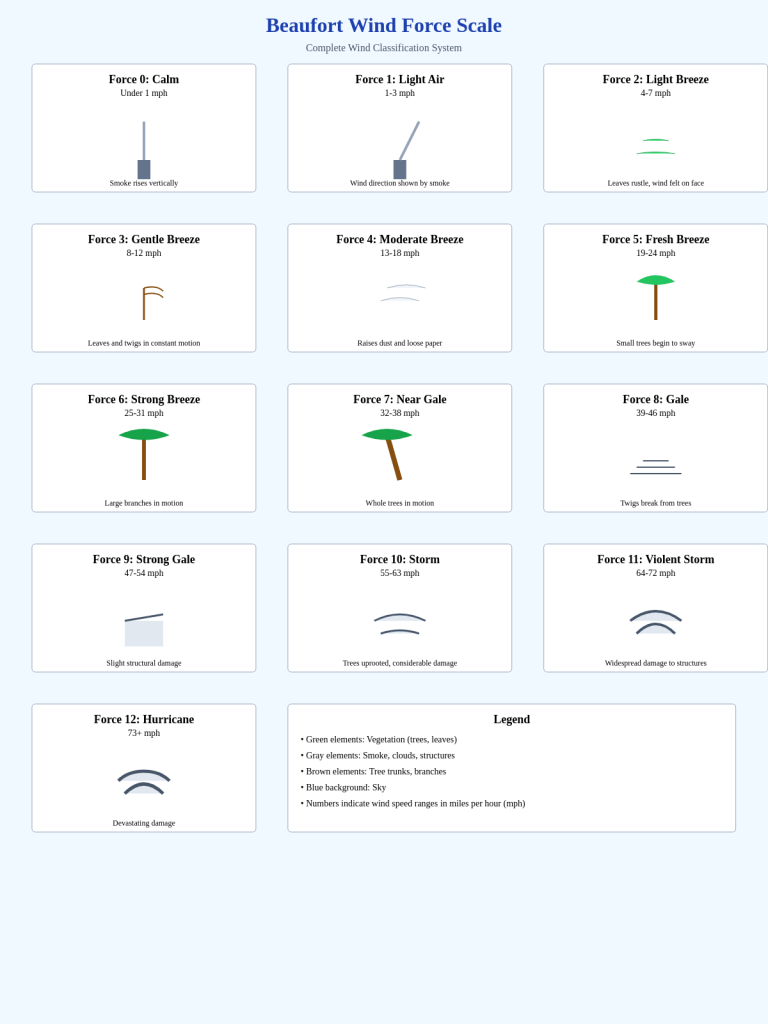
Beyond these traditional methods, emerging technologies are revolutionizing wind data collection. Advanced techniques like LiDAR (Light Detection and Ranging) and SODAR (Sonic Detection and Ranging) use laser and sound waves, respectively, to remotely measure wind speed and direction over large areas [outside source information].
Additionally, satellite-based wind measurements provide global wind data, further enhancing our understanding of wind patterns [outside source information].
Finally, sensor miniaturization and drone use open up exciting possibilities for collecting wind data in hard-to-reach locations. These advancements pave the way for more precise and comprehensive wind measurements, benefiting fields from weather forecasting to renewable energy.
Factors Affecting Wind Speed and Measurement Accuracy
Differences in air pressure are the driving force behind wind. A pressure gradient, the difference in air pressure between two locations, causes air to flow from high-pressure to low-pressure areas. The steeper this pressure gradient, the stronger the resulting wind.
Wind speed increases with altitude because of reduced friction from surface features like trees and buildings. As you move higher above the ground, the wind encounters fewer obstacles, allowing it to flow freely and at more incredible speeds [outside source information].
However, these less prevalent obstacles at higher altitudes can significantly impact wind speed measurements. Buildings, trees, and other terrain features disrupt smooth wind flow, causing turbulence and localized variations in wind speed. This turbulent flow can make obtaining accurate wind speed measurements challenging, especially with instruments like cup anemometers, which rely on consistent wind flow to provide reliable readings.
Practical Applications of Wind Measurement
Understanding and measuring wind is essential for a surprisingly wide range of applications. Here are a few key areas where wind measurement plays a vital role:
Weather Forecasting
Wind data is a crucial ingredient in weather models and predictions. Tracking wind patterns, meteorologists can better understand atmospheric circulation and how weather systems move and evolve. This information helps to predict severe weather events like storms, hurricanes, and blizzards, providing valuable time for communities to prepare.
Aviation
Pilots rely heavily on accurate wind information for safe takeoffs and landings. Wind speed and direction can significantly impact aircraft performance during these critical phases of flight. Knowing the wind conditions helps pilots adjust their approach and ensure a smooth and controlled landing or takeoff.
Marine Navigation
For centuries, sailors have used wind data for navigation and route optimization. Understanding wind patterns and harnessing wind power is essential for efficient sailing. Even in modern times, wind data remains valuable for planning shipping routes and predicting ocean currents.
Renewable Energy
Wind power has emerged as a key player as the world approaches cleaner energy sources. However, the success of wind farms depends heavily on accurate wind speed assessments. Developers use wind data to determine the feasibility of a location, predict energy output, and optimize turbine placement for maximum efficiency.
Construction and Engineering
Wind loads, the forces exerted by wind on structures, are a crucial consideration in the design of buildings, bridges, and other structures. Engineers use wind data to calculate the stresses a structure might experience during high winds, ensuring its stability and safety. Tall buildings, in particular, are susceptible to wind sway, making accurate wind measurements vital for structural integrity.
Conclusion
Wind velocity, encompassing both speed and direction, is a fundamental element of our planet’s weather and climate, and its measurement is crucial for various applications. Various tools have been developed to unlock the secrets of wind behavior, from the traditional wind vane, pointing steadfastly into the wind, to the sophisticated sonic anemometer, harnessing sound waves to decipher wind speed and direction.
Accurate wind data is essential for predicting a storm’s path, ensuring an aircraft’s safe landing, or harnessing wind energy to power our homes. Understanding the factors that influence wind speed, such as pressure gradients, altitude, and the presence of obstacles, is vital for obtaining reliable measurements.
As technology advances, our ability to measure and understand wind continues to improve, leading to more accurate forecasts, safer transportation, and a deeper appreciation for its power and dynamism. Encourage your curiosity and explore the tools and resources available to learn more about this fascinating force of nature. After all, the wind shapes our world in countless ways, from influencing weather patterns to providing renewable energy.

